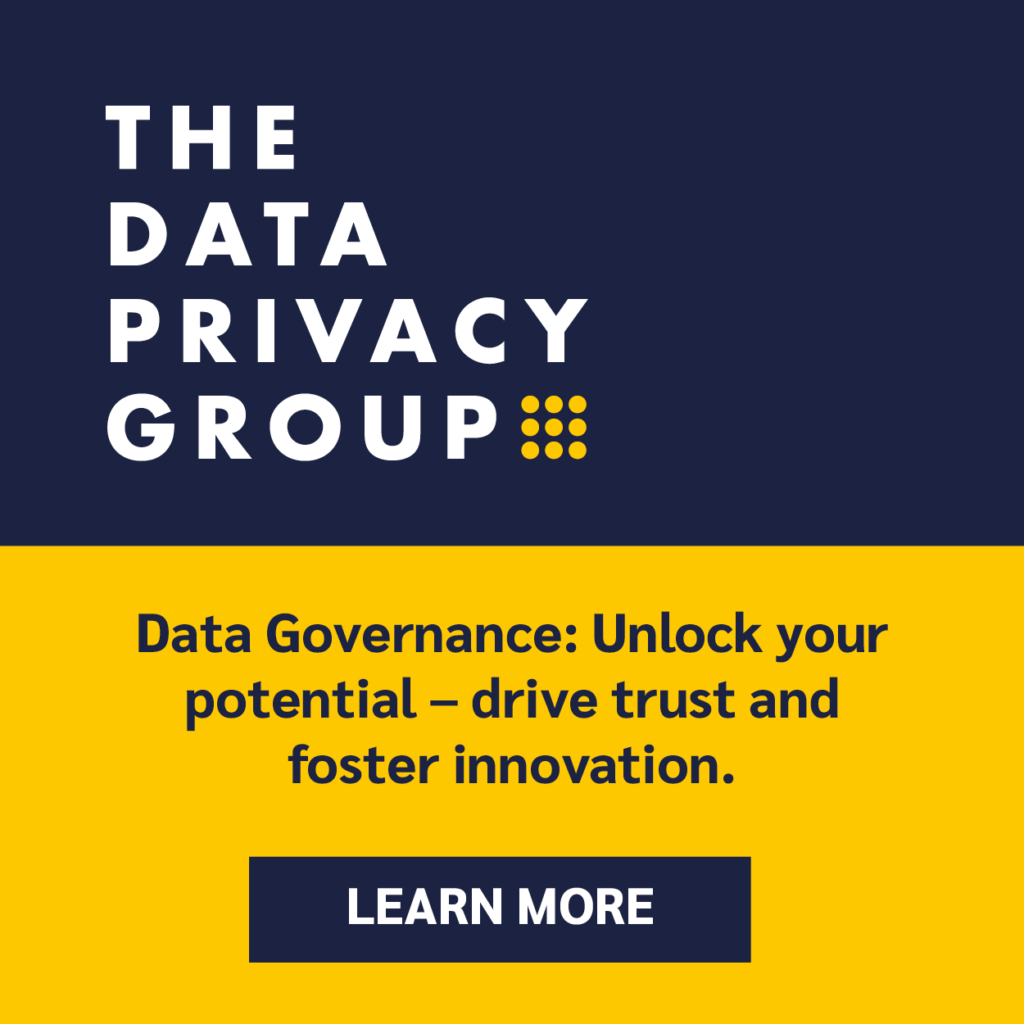Framework Component #2: Beneficiaries of Data Governance Programs
As described in the Mission component, your Data Governance program should provide value to your organization’s products, services, processes, capabilities, and assets. This value can take the form of:
- The data itself
- Increased fitness-for-use of the data they need
- Better insight into the quality or structure of the data
- The ability to propose data points and quality criteria they need

- Data products
- Catalogs and inventories of existing data sets and products
- Glossaries, definitions, and metadata
- The ability to propose improved or new products
- Policy and rules
- Help navigating toward needed standards and policy
- Guidance and advice
- The ability to propose additional rules and standards to address their needs
- Checkpoints and controls
- Notifications and other communications of interest
- Insight into control points inserted into data and technology lifecycles
- The ability to have their needs met during those checkpoints
- Communities, advocates, and experts
- Insight into accountabilities for data
- Introductions to experts, stewards, and custodians of needed data
- The ability to articulate needs to Data Management and Technology teams
- Decision-making
- Insight into past decision and their participants for
- Processes and forums for resolving issues
- The ability to participate in data-related decisions
Often, Data Governance programs set up online resources to enable individuals across the organization to identify resources and to reach out to governance participants without involving the Data Governance Office. However, it is important to set clear expectations with potential beneficiaries. Based on the results of mission-setting (see Component #1: Mission and Value), your program will be designed to focus on specific stakeholders and their needs.
Here are three pitfalls to avoid when working with beneficiaries of Data Governance.
- Perception that Starting Small = Failure
Often, new programs are advised to “start small” and grow later. Perhaps they’re called upon to start with “little g” detailed work, such as populating a glossary, defining rules for a data quality project, or building compliance controls into a technology project. While these efforts do provide value, and need to be done, some may describe them as data management activities rather than data governance. It’s important to ensure that other stakeholders do not believe your program is attempting (and failing) to provide higher-level, enterprise-wide value.
- Perception that Governance is “too easy”
On the other hand, your program may give most of its attention to “Big G” governance efforts, convening stakeholders from around the organization to address big decisions, set accountabilities, and align efforts to manage and leverage data. These types of efforts are much more than the hour in the conference room where decisions are made. If a lot of preparation and analysis is required, and workstreams that attend to after-actions and oversight, then your stakeholders should be aware of that effort. They should understand the value of convening participants, of doing the prework that makes their input effective, and the products, services, processes, capabilities, and assets that will realize value as a result of Data Governance’s efforts.
- Forgetting that Governance was in the room
Your program may provide products and services that are a mix of “Big G” and “little g” outputs. You may be called to service by your leadership team, by program leaders, or by team members. You know what needs to be done, and you do it. You add value to the effort or its assets. You reduce confusion and help manage risk. You bring extra tasks to the table, saving time and work in the long run. You augment the original team, making them more successful. But when accolades are given, you’re not mentioned. Why? Leadership forgot you were there. You forgot to remind them all along the way that you were there, that you were working for their benefit, and that you were delivering value. The way to avoid this pitfall is through communication with stakeholders and beneficiaries. (See component #8: Processes, Tools, and Communication.)




